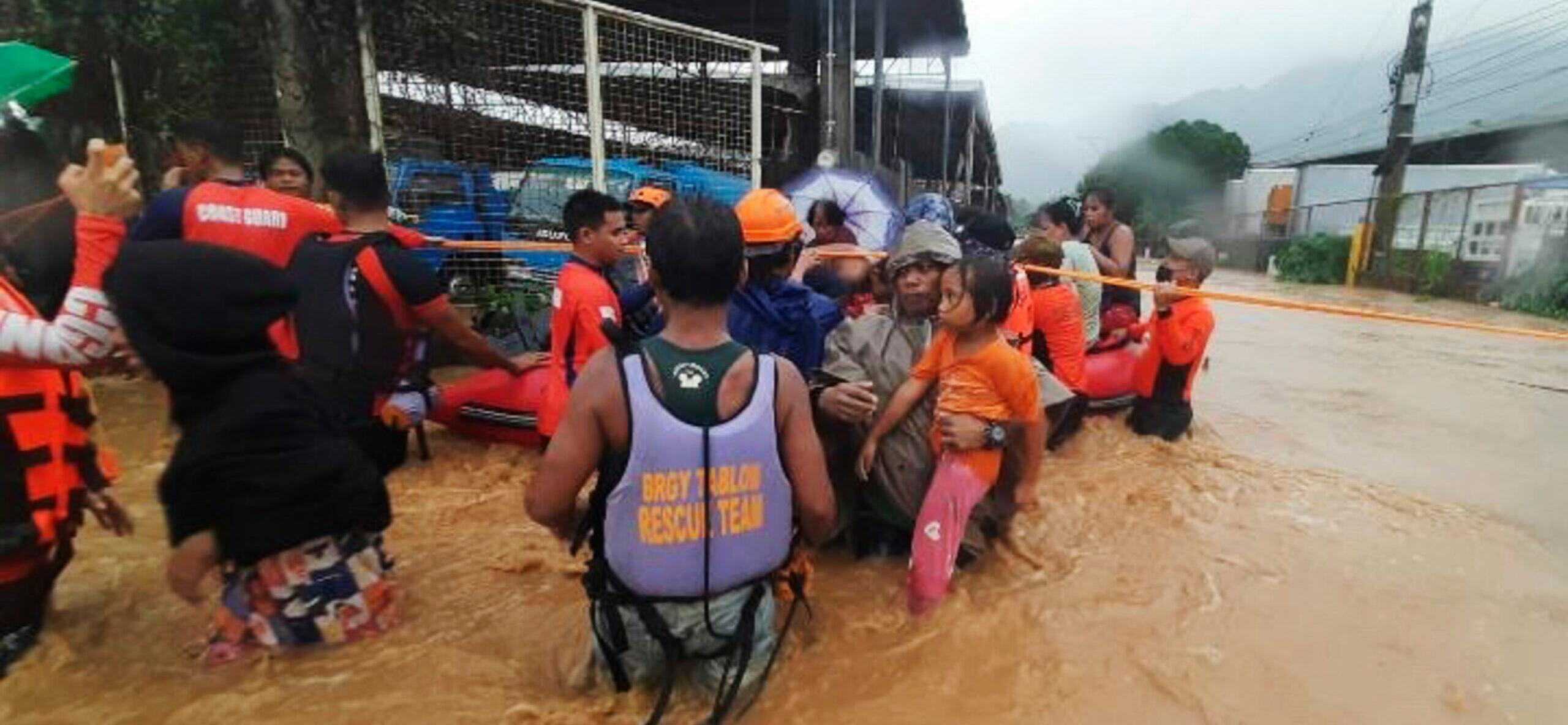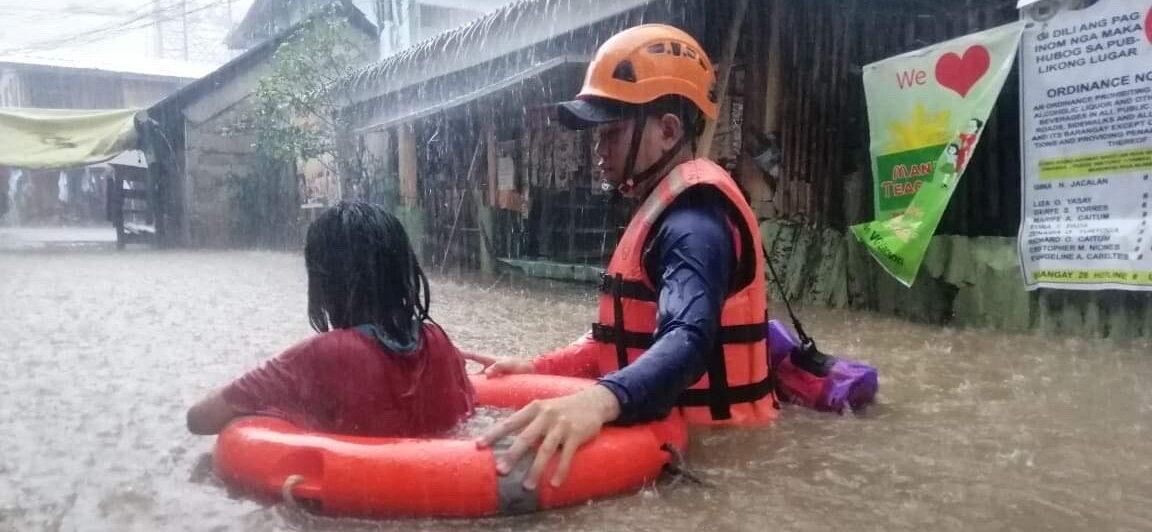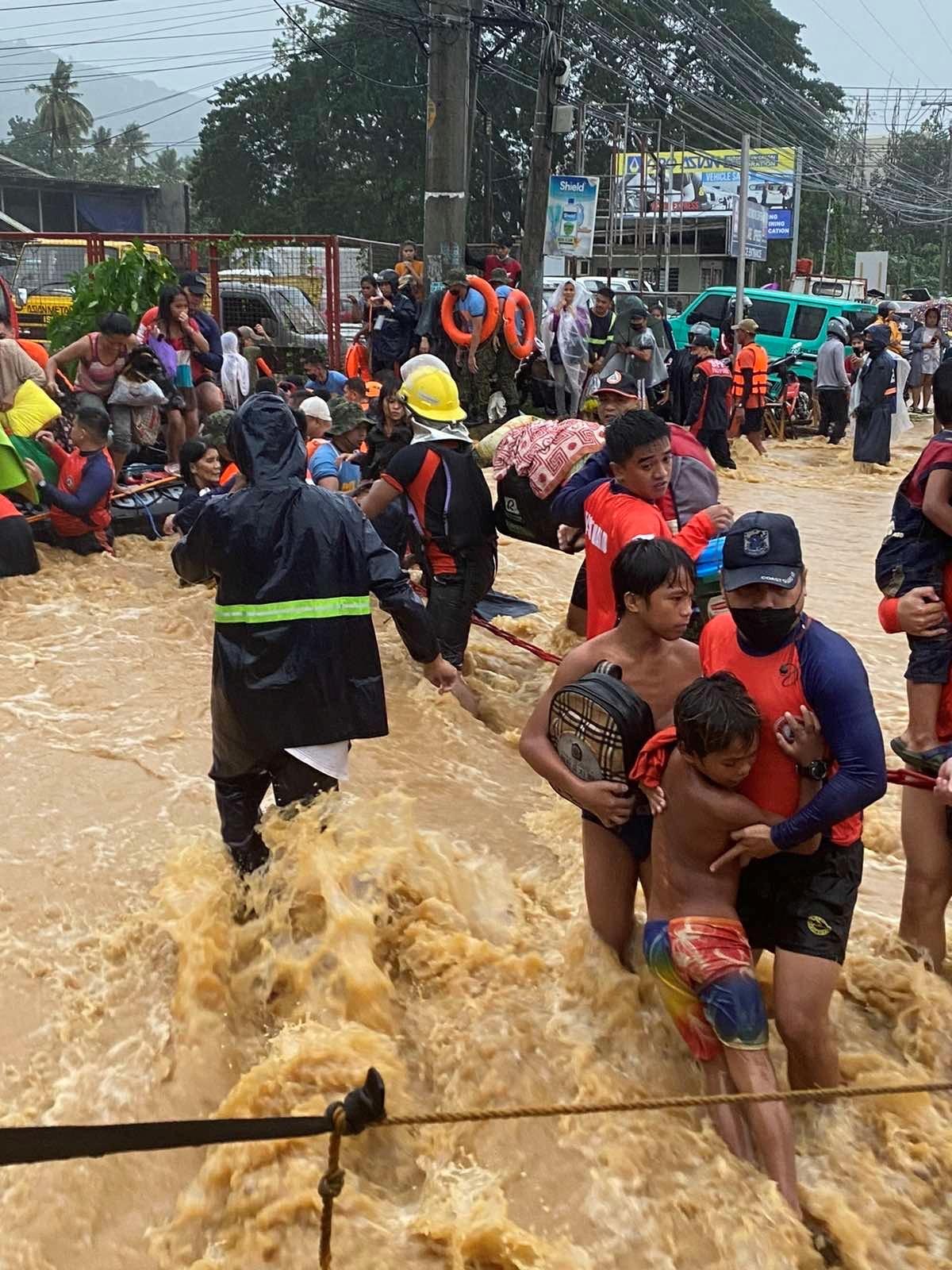Super Typhoon Rai Death Toll Raises To 375, ‘Supplies Are Scarce’
By Kristin Myers on December 21, 2021 at 8:45 AM EST

Super Typhoon Rai is the 15th typhoon to hit the Philippines in 2021, but it was also the strongest.
As The Blast reported on Sunday, 169 people were declared dead, and, according to a spokesperson from the National Disaster Risk Reduction Management Council, more than 330,000 people had to be evacuated from their homes.

The death toll has risen to 375 people killed since it made landfall on Siargao Island last Thursday. At least 515 people are injured and 56 are still missing, according to the Philippine National Police (PNP).
The death toll is expected to rise further. Rescue teams are having difficulty reaching areas that are filled with debris and some roads are still impassable. To make matters worse, telephone and Internet connections are down in some areas, leaving them completely cut off from communication.
Red Cross Chairman Richard Gordon: ‘Supplies Are Scarce’
Gosh look at the devastation caused by Super Typhoon Rai. This is Movenpick Cebu. The bar by the sea was totally wiped out. 😔 pic.twitter.com/CJmokpAumh
— 𝑮 (@26ggt26) December 18, 2021
On Tuesday, Philippine Red Cross Chairman Richard Gordon said that five bridges had been destroyed in Palawan, where an estimated one million people live.
“Homes are completely destroyed,” Gordon said. “We are trying to send urgent supplies including water, food, and medicines. Communities have been completely cut off. Millions are affected by this typhoon, and supplies are scarce.”
Gordon previously told the BBC that “many areas have no power, no communications, very little water.”
“There are some areas that look like it has been bombed worse than World War II,” he added. “Red Cross emergency teams are reporting complete carnage in coastal areas. Homes, hospitals, school and community buildings have been ripped to shreds.”
Unprecedented Weather Pattern Draws Public Concern
The nearly buzzsaw appearance of Super Typhoon #Rai #OdettePH as it nears #Siargao-#BucasGrande islands in #Surigao. Siargao is an idyllic island with stunningly beautiful beaches, famous for its Cloud 9 surf break. pic.twitter.com/YNqzYtp6rz
— Marvin Oloris (@marvinoloris) December 16, 2021
Not only is Rai the strongest typhoon to hit the Philippines this year with wind gusts as high as 185 miles per hour, but it is also unusual to see a typhoon this late in the calendar year. This Category 5 storm, also referred to as Odette, appeared in the middle of December, when most cycles typically develop between the months of July and October.
Climate scientists are concerned that the string of unprecedented weather patterns, such as the snow tornado in Minnesota, will only get worse as global temperatures rise. The rise in global temperatures causes typhoons to generate stronger wind gusts and form more quickly than they had in the past, making it more difficult to warn the public of the impending danger before it's too late.

Even though early evacuations and storm preparations began earlier in the week, millions of residents were still left vulnerable as the torrential rains and heavy wind gusts ripped down homes, trees, and power cables. Even though the storm is now over, the struggle to help the millions displaced find access to clean water, shelter, food, and healthcare, remains a primary concern.
Jerome Balinton, humanitarian manager of Save the Children, revealed that at least 4.1 million children have been displaced by the storm.
"We are starting to see the emergence of water-borne diseases, including diarrhea," Balinton said. "Sanitation is a huge issue at these evacuation centers. With the Philippines still battling COVID-19, we worry for the safety of millions, including the most vulnerable children."
He noted that there has been widespread damage done to schools, and added that “poorer, more vulnerable communities can be exposed to exploitation after this disaster.”